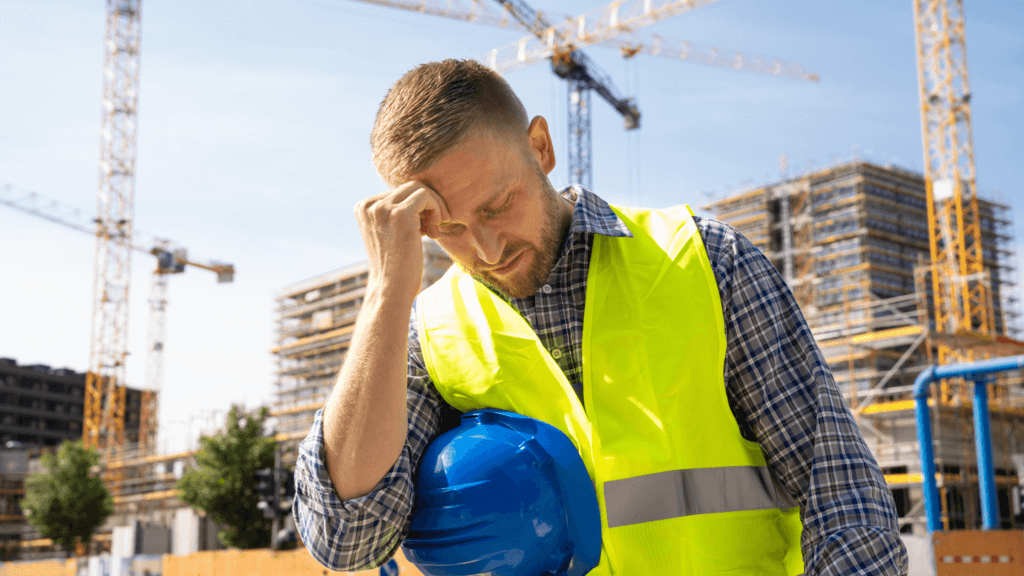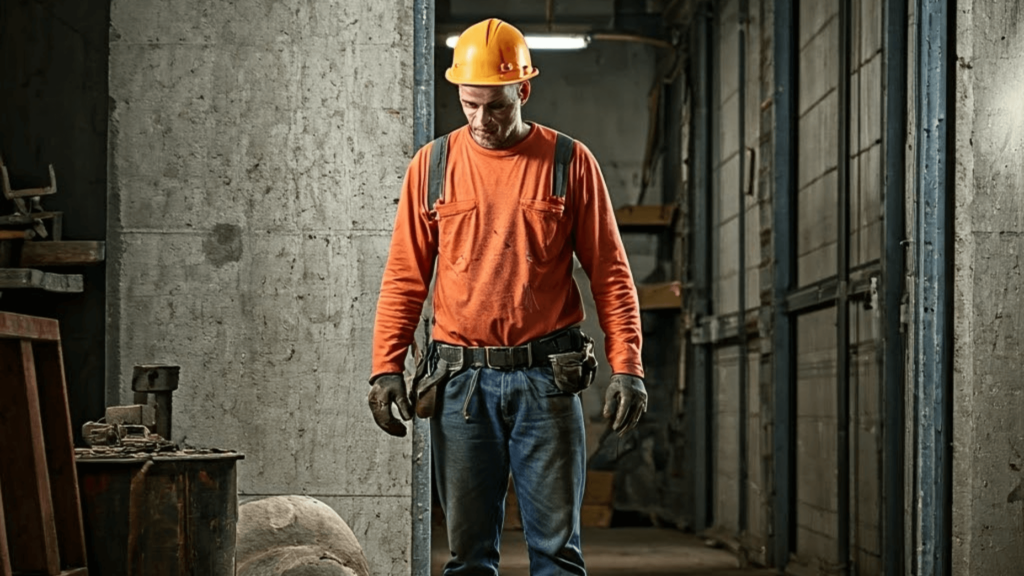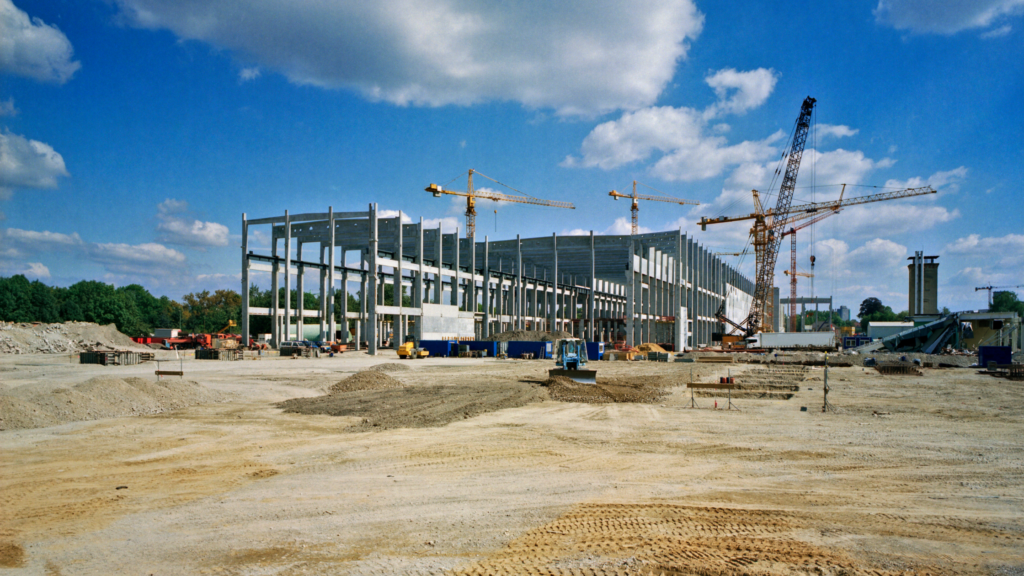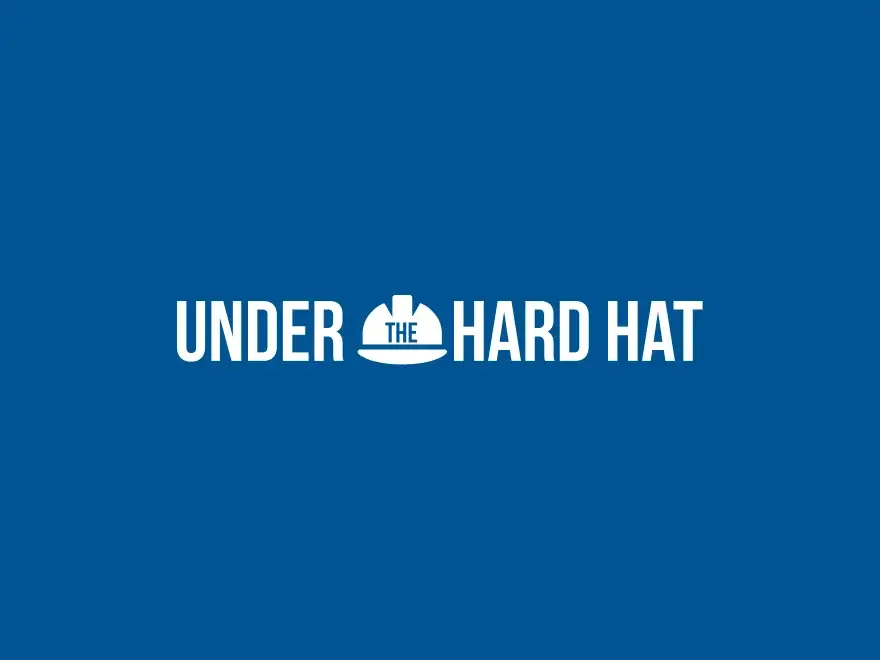October 3, 2024
Top 8 501-C3 charities supporting construction
Nonprofits like Construction Angels, BUILD, and Helmets to Hard Hats are helping a diverse range of communities through construction work.
September 27, 2024
Cybersecurity in construction is a growing issue
With $2.26 trillion in construction work yearly in the U.S. and Canada, hackers are increasingly and successfully targeting construction firms.
September 26, 2024
Has bricklaying become a lost art?
Fewer bricklayers are available to complete construction projects. The trade is highly paid and sought after, but tradespeople find it too physically demanding.
September 18, 2024
What all men should know about prostate health
Prostate cancer affects 1 in 8 men, but eating clean, maintaining a healthy weight, and knowing your risk are simple ways to support prostate health.
September 18, 2024
WSIB expands mental health coverage for employees
WSIB recently expanded mental health coverage for insured workers through its program, giving them more access to mental health treatment.
September 16, 2024
Construction workers and addiction
Drug use among construction workers is higher than in most other occupations—and construction overdose deaths top any industry.
September 14, 2024
What the old folks taught us: 6 tips for longevity in the building industry
Daily walks, eating healthy, being socially active, and getting into nature are simple tricks learned from our elders to increase longevity.
September 10, 2024
PTSD rates are high in the construction—let’s talk about it
Post-traumatic stress disorder is common for people who’ve experienced a life-threatening accident. Recognizing the symptoms and seeking treatment is essential.
September 9, 2024
Company spotlight: ScaffSource
Offering scaffolding and shoring equipment to the construction sector, ScaffSource provides solutions through a network of U.S. locations and partners.
August 30, 2024
Digital solutions to bidding could win your next contract
SmartBid, PlanHub, and ProContractor are a few construction bidding platforms that help manage estimates, proposals, and bid submissions, among other tasks.
August 29, 2024
Balancing work and life on the road in the skilled trades
Consistency, sleep, a healthy diet, and keeping in touch with family are a few strategies to maintain balance on the road.













